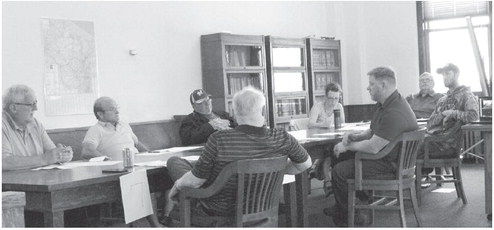County rejects offer for additional shoreline at Chelsea Lake


Property owner say berms should be considered part of the dam
Taylor County will proceed with the replacement of the Chelsea Dam without acceptin...


Property owner say berms should be considered part of the dam
Taylor County will proceed with the replacement of the Chelsea Dam without acceptin...